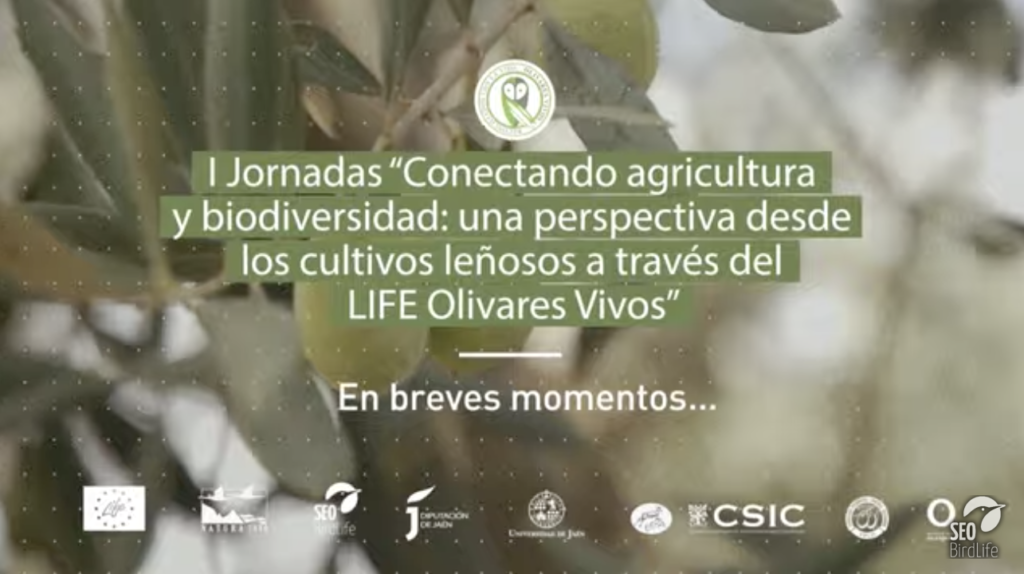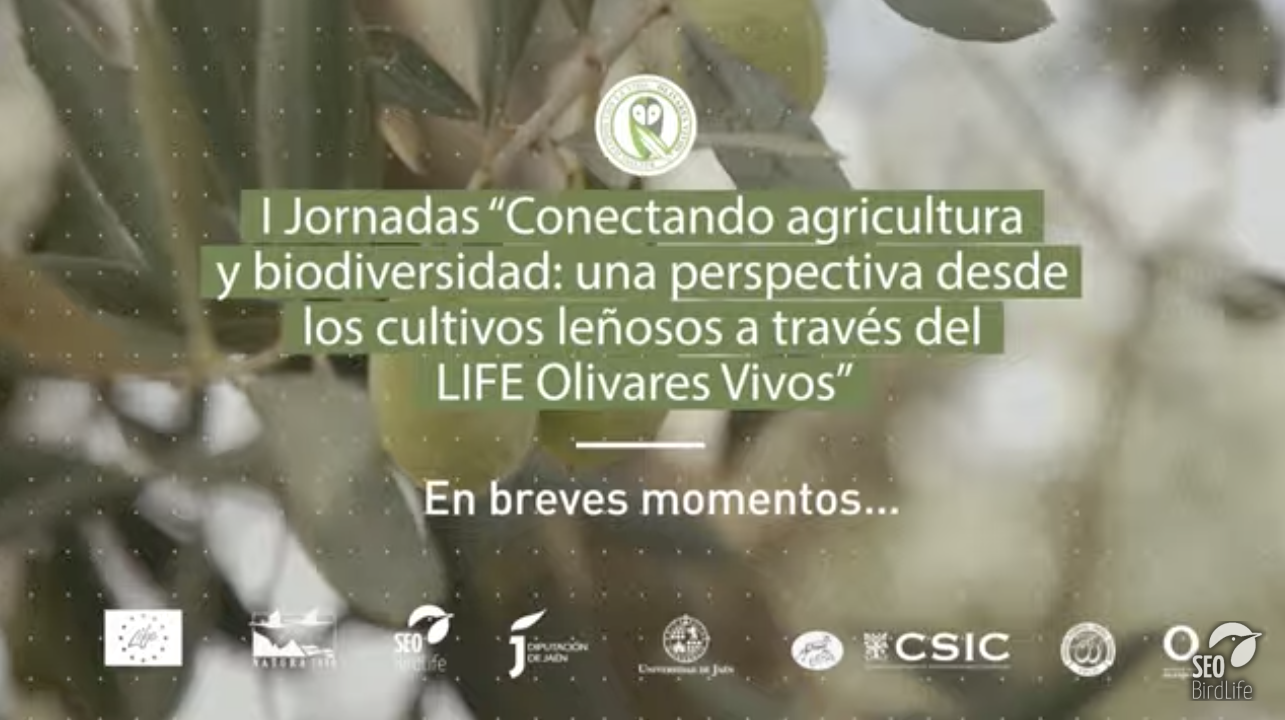
Life Resilience, a project co-financed by the LIFE program of the European Union, whose main objective is the prevention of Xylella fastidiosa in high-density olive and almond farms; On May 27 and 28, 2021, attended the I conference ‘Connecting agriculture and biodiversity: a perspective from woody crops through LIFE Olivares Vivos’.
Through the SEO / BirdLife YouTube channel, forty national and international experts agreed that the LIFE Olivares Vivos project is an excellent example of how the development of good agri-environmental practices can recover biodiversity in the olive grove and, in addition , be profitable for the farmer, since it does not decrease productivity, it means savings in fertilizers and phytosanitary products and provides added value to their productions.
In addition, the experts exchanged experiences and knowledge about the importance of exporting this olive growing model to other areas, both Spanish and other countries, in the Mediterranean basin, as well as its transfer to other woody crops.
Life Olivares Vivos has become an international benchmark to reconcile agriculture and biodiversity, by carrying out the largest scientific study in the world in which the abundance and richness of biodiversity in the olive grove has been measured. A study that was carried out before and after implementing a series of actions to recover the flora and fauna of olive groves of very diverse types.
As the representatives of the project explain, in just three years, the number of species of birds, ants, bees and plants has increased between 7 and 12%, and their abundance increased by 40%, and in the medium term, an additional 25% of wildlife species could still be recovered. Altogether and in absolute terms, 180 species of birds, 60 species of ants, 200 species of wild bees and more than 750 species of plants have been found in the 40 olive groves studied, including a new species for science, Linaria qartobensis.
